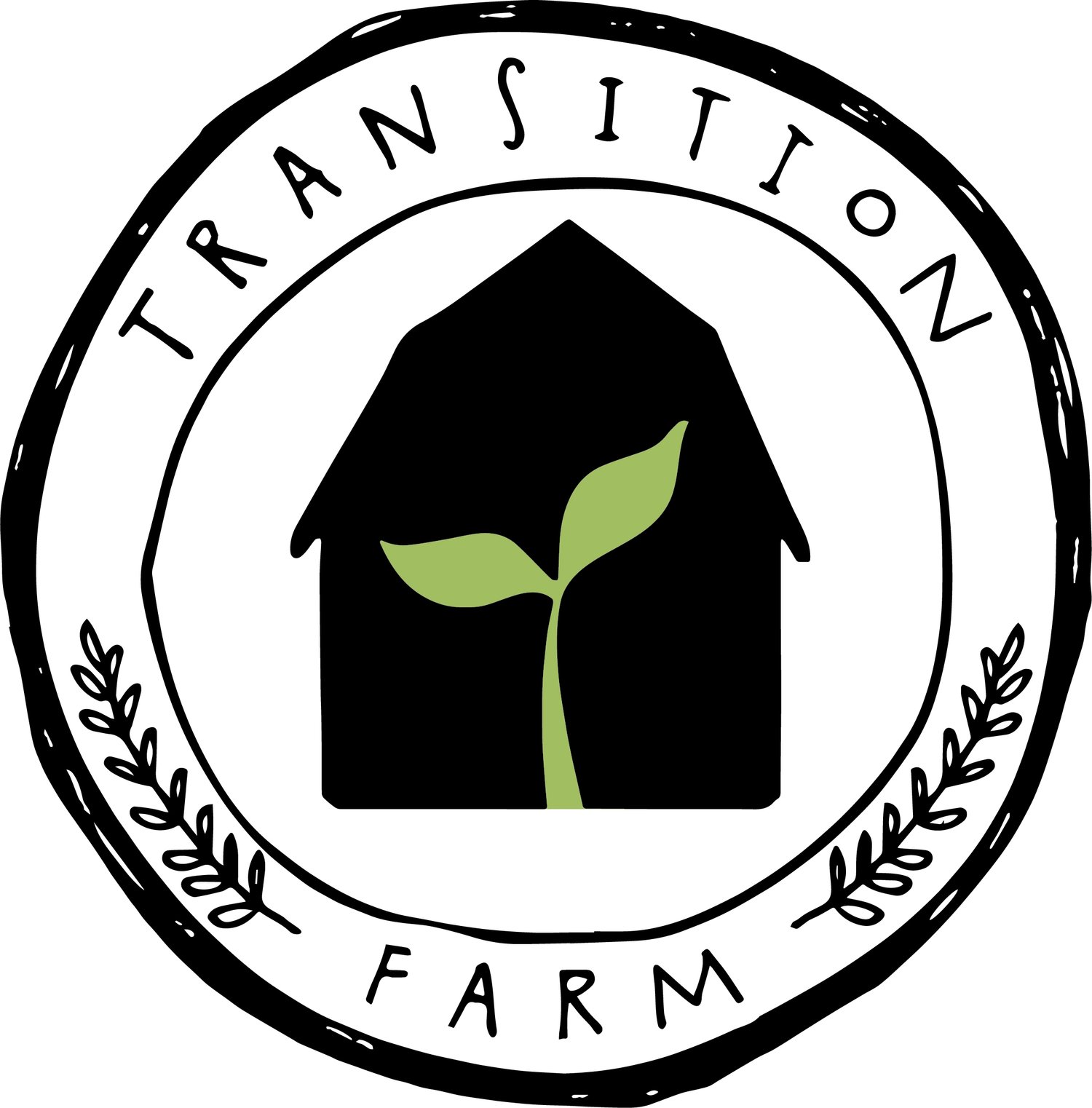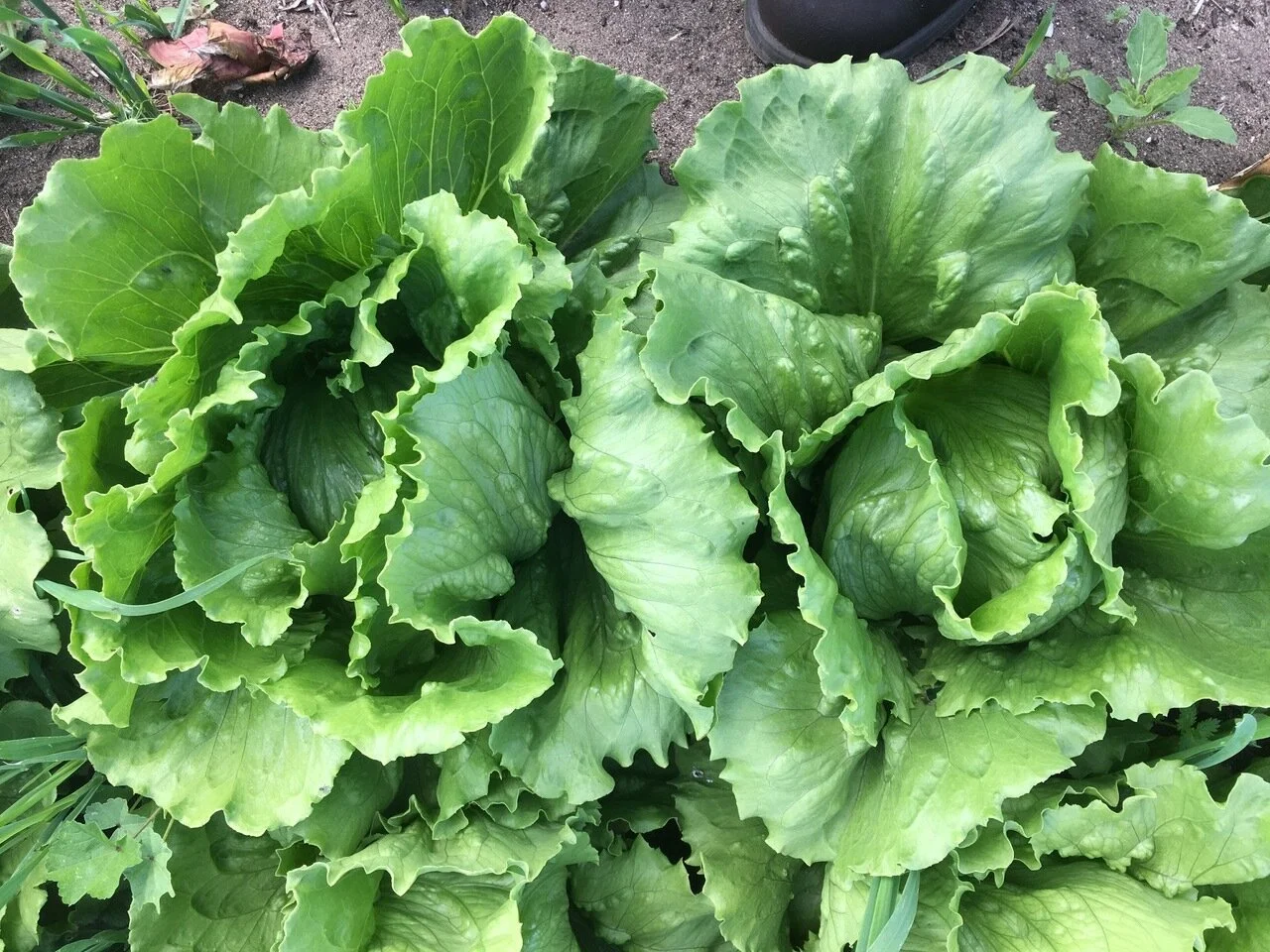100% Certified Organic & Demeter Certified Bio-Dynamic Seed
Grown, harvested, dried and packed on Transition Farm
NOTE - If ordering from Western Australia, please check the POSTAGE page for further information
Lettuce 'Salinas 88'
Lettuce 'Salinas 88'
Lactuca Sativa
The iceberg lettuce that dominated the commercial worldwide market for decades, dull green leaves fold to enclose the creamy yellow interior.
Best known of the USDA Agricultural Research Service’s lettuce, Salinas is a crisp-textured, attractively shaped iceberg variety that became a classic soon after it was introduced to growers in 1975.
Developed at Salinas, California (the largest lettuce growing valley in the US), by ARS plant breeder Edward J. Ryder, this cultivar arrived at markets with less crushing and bruising than other icebergs of its time. And, compared to other icebergs, Salinas had the highest level of resistance to tip-burn disease. Tipburn causes leaf edges to brown and die. That makes the lettuce vulnerable to attack by slime-producing bacteria and fungi.
Ryder also has fine-tuned the original. His Salinas 88, possesses all the attributes of the famous parent plus resistance to lettuce mosaic virus disease. The disease causes an unattractive mosaic pattern of dark and light green on leaves of infected plants and reduces yields.
SEED COUNT: 250 approx.
Germination: Lot#18320 94% MAY2023
Seed Raising, Growing and Harvest Information
| Plant Type | Site | Spacing | Height | Sowing Depth |
Days to Germination |
Days to Maturity |
|---|---|---|---|---|---|---|
| Hardy Annual | Full Sun | 30cm apart in rows 30cm apart |
25cm | 3mm | 4-6 days @ 16-20°C |
50 days |
DIRECT SOW - Lettuce is hardy and can be planted as early as the soil can be worked. It is a cool weather crop and grows best at temperatures of 16-18°C. Seeds germinate even at low, 4°C, soil temperature, but poorly above 24°C. Sow seeds 2.5cm apart in rows 25-30cm apart. Lightly cover and keep moist. Enjoy thinnings ultimately leaving 25cm between plants. Ample water grows the sweetest lettuce. Careful variety selection is important for hot weather plantings. Sow every 3 weeks for a continuous supply of fresh lettuce.
TRANSPLANT - Sow indoors early Spring, 2 seeds per cell, barely covering seeds with fine vermiculite, 3–4 weeks before transplanting outdoors. Thin to 1 plant/cell. Shade the flats on sunny, warm days if necessary to keep the soil surface cool, below 24°C, until germination. Harden seedlings by reducing water and temperature for 2-3 days before planting outdoors. Properly hardened transplants can survive temperatures as low as 0°C.









